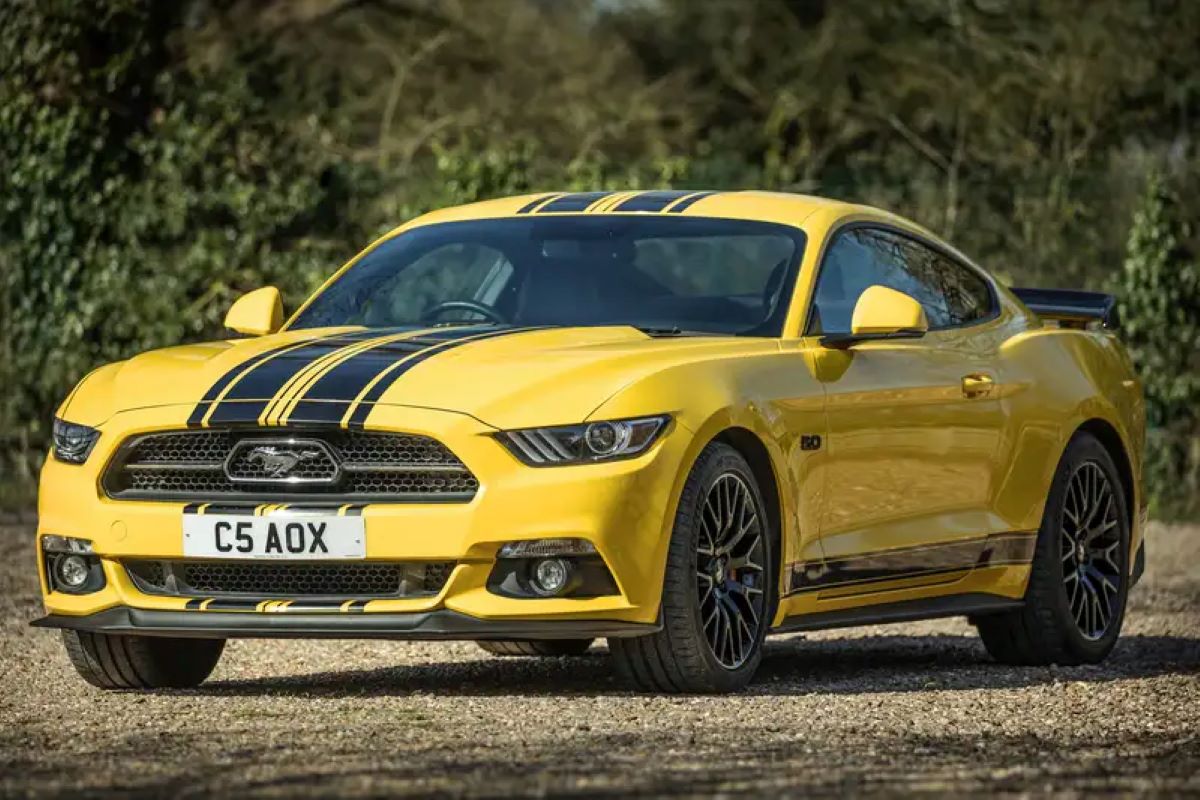The 1960s and early 1970s represent a golden era for American muscle cars. During this time, automakers churned out high-performance vehicles that combined raw power with aggressive styling, capturing the hearts of driving enthusiasts and car lovers alike.
Cars like the Ford Mustang, Chevrolet Camaro, Dodge Charger, and Pontiac GTO dominated the roads, and American car culture seemed at its peak.
With roaring V8 engines and a focus on speed and horsepower, muscle cars became a symbol of American freedom and dominance on the highways.
However, the dawn of the oil crisis in the 1970s dealt a devastating blow to the muscle car era.
In October 1973, OPEC (the Organization of Petroleum Exporting Countries) imposed an oil embargo, leading to widespread fuel shortages, soaring gas prices, and significant economic turbulence.
This event, along with the larger environmental and regulatory shifts occurring at the time, dramatically shifted the focus of the American car industry from muscle-bound powerhouses to more fuel-efficient, economical vehicles.
The oil crisis didn’t just alter the fuel market; it changed American driving habits and the auto industry’s direction. As fuel prices soared and consumers faced long lines at gas stations, the demand for gas-guzzling muscle cars plummeted.
A cultural shift toward smaller, more fuel-efficient cars emerged, which marked the end of the golden age of muscle cars.
This article will explore how the oil crisis, combined with rising environmental concerns and stricter government regulations, contributed to the decline of these iconic American vehicles.
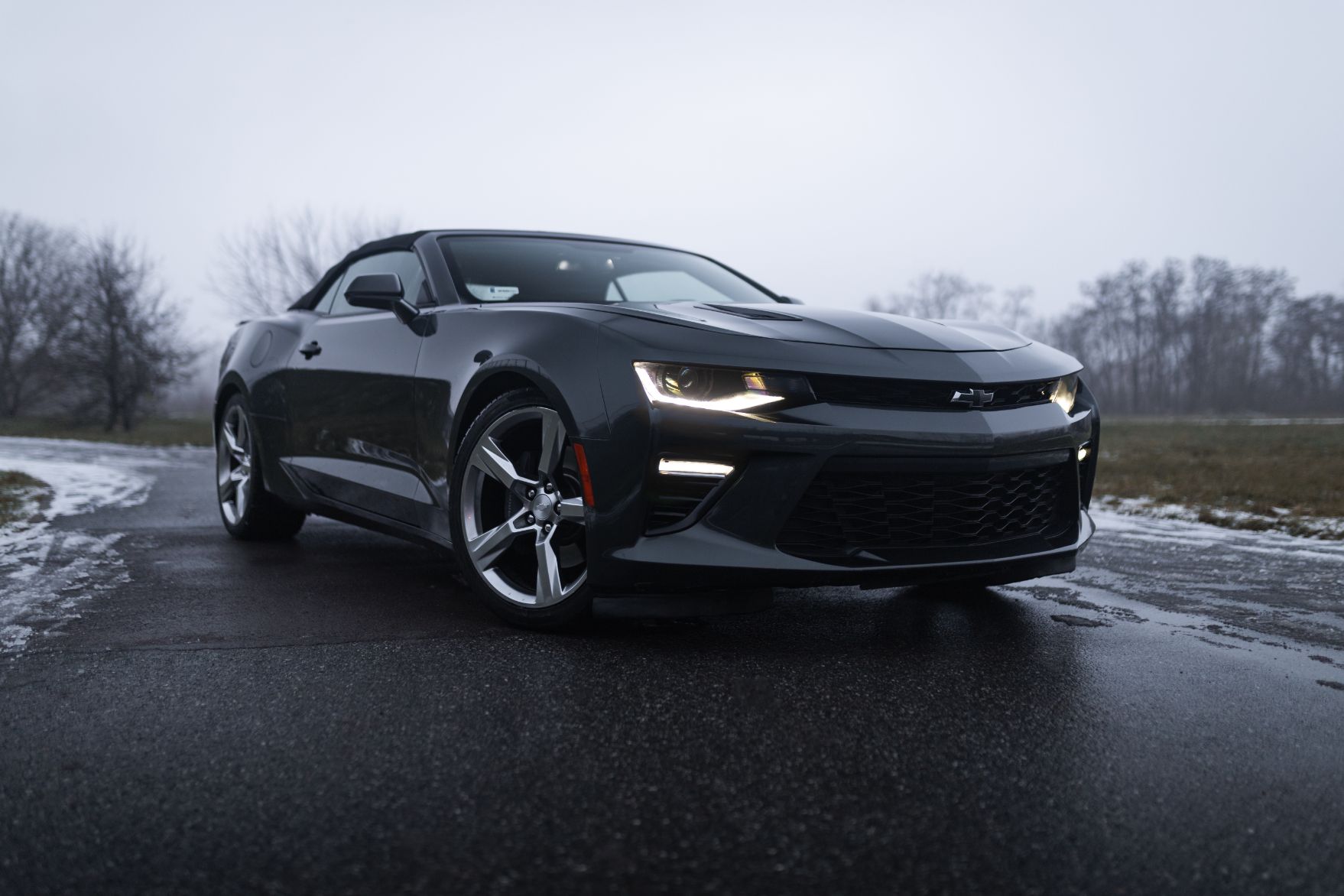
The Rise of Muscle Cars in the 1960s and Early 1970s
Before the oil crisis, the muscle car was the epitome of American automotive engineering. In the 1960s and early 1970s, American automakers were locked in a battle to produce the most powerful, fastest, and most attractive cars for the growing market of young, rebellious drivers.
Muscle cars were born out of the desire for more performance at an affordable price. With their large V8 engines, sleek designs, and aggressive exhaust notes, these cars represented power, speed, and freedom.
During this period, iconic models like the Ford Mustang, Chevrolet Camaro, Dodge Charger, and Pontiac GTO became household names. The Mustang, introduced in 1964, quickly became one of the best-selling cars in American history.
Its popularity spurred the creation of numerous competitors, all trying to tap into the same market of performance-minded consumers.
The Pontiac GTO, often considered the first true muscle car, was designed to be affordable yet capable of impressive speed, and it quickly gained a cult following.
The rise of muscle cars was not just about performance; it was also about cultural relevance. The era was marked by the youth counterculture movement, where cars became symbols of personal expression and rebellion against traditional societal norms.
Muscle cars were not merely machines—they were reflections of a certain lifestyle, an embodiment of American independence.
As gas prices remained relatively low and the economy boomed, consumers could afford these high-performance vehicles, and manufacturers pushed the boundaries of horsepower with every new release.
However, this era of automotive excess was not to last. The high demand for these performance cars, coupled with the rising concern over environmental impact and fuel consumption, set the stage for a significant shift in the industry.
The arrival of the oil crisis would be the catalyst for the rapid decline of the muscle car’s dominance in the marketplace.
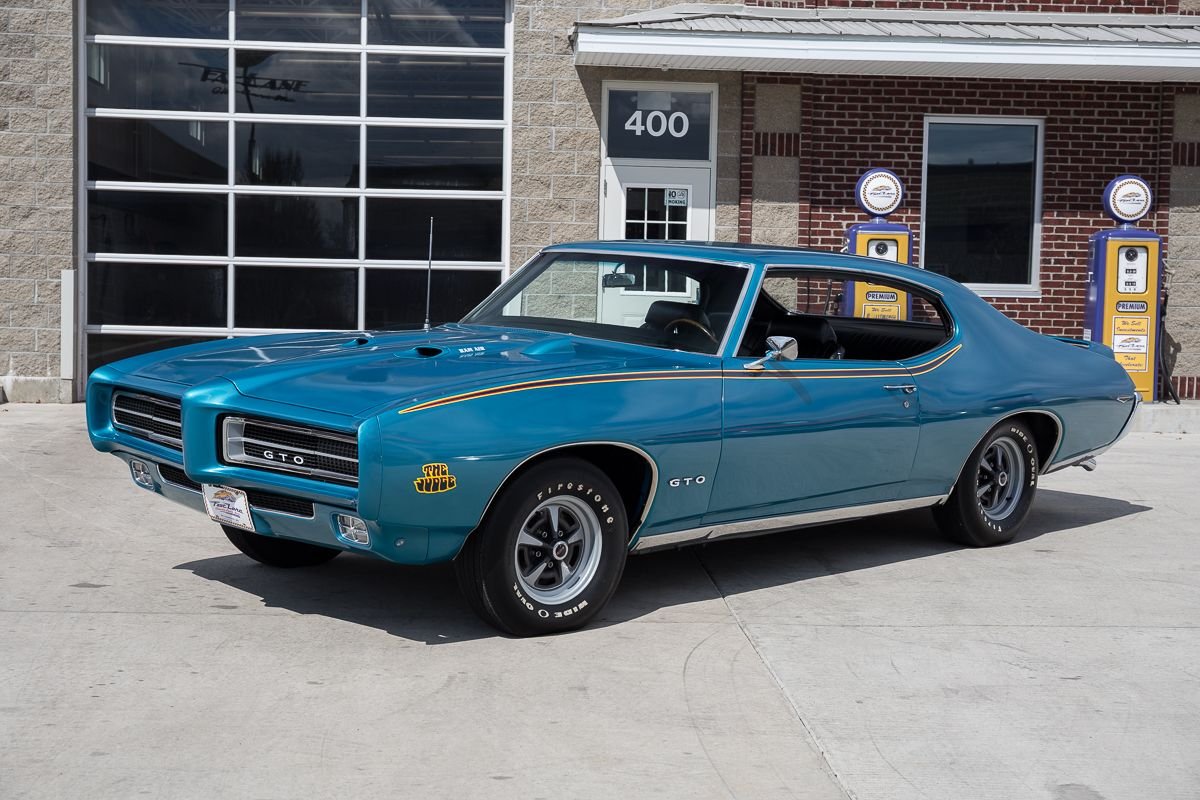
The Impact of the 1973 Oil Crisis
The oil crisis of 1973 marked the beginning of a dramatic shift in global and American economic conditions, and it had far-reaching effects on the automotive industry.
In response to the U.S. support of Israel during the Yom Kippur War, OPEC nations imposed an oil embargo on the United States, leading to an immediate and severe oil shortage.
Gasoline prices skyrocketed, and the average price per gallon nearly quadrupled in a short period. At the same time, fuel rationing and long lines at gas stations became a common sight across the country.
Suddenly, the enormous engines and gas-guzzling performance of muscle cars became a glaring disadvantage. Consumers, faced with higher fuel costs and less access to gasoline, began to reconsider the practicality of owning cars that consumed vast amounts of fuel.
In a matter of months, muscle cars went from being symbols of automotive greatness to impractical, expensive toys that few could afford to maintain. This shift was particularly stark for younger buyers, who had previously been the muscle car’s primary market.
Automakers, initially resistant to change, were forced to respond to this new reality. With rising oil prices and growing concerns about fuel efficiency, consumers began flocking to smaller, more fuel-efficient cars, many of which were imported from Europe and Japan.
Models like the Toyota Corolla and Honda Civic, which offered much better miles per gallon, became increasingly attractive to consumers.
The shift in demand was dramatic—what was once a market focused on big-block engines and horsepower now saw a growing preference for smaller, more economical vehicles.
In the face of this shift, the American auto industry found itself scrambling to adjust.
The muscle car, which had been synonymous with American engineering, was suddenly an anachronism. Its thunderous engines and aggressive styling seemed out of place in an era where fuel economy and practicality had become the new priorities.
As a result, automakers began scaling back on muscle car production, opting instead to focus on compact, fuel-efficient models. The muscle car’s heyday was over, and the oil crisis played a pivotal role in this downfall.
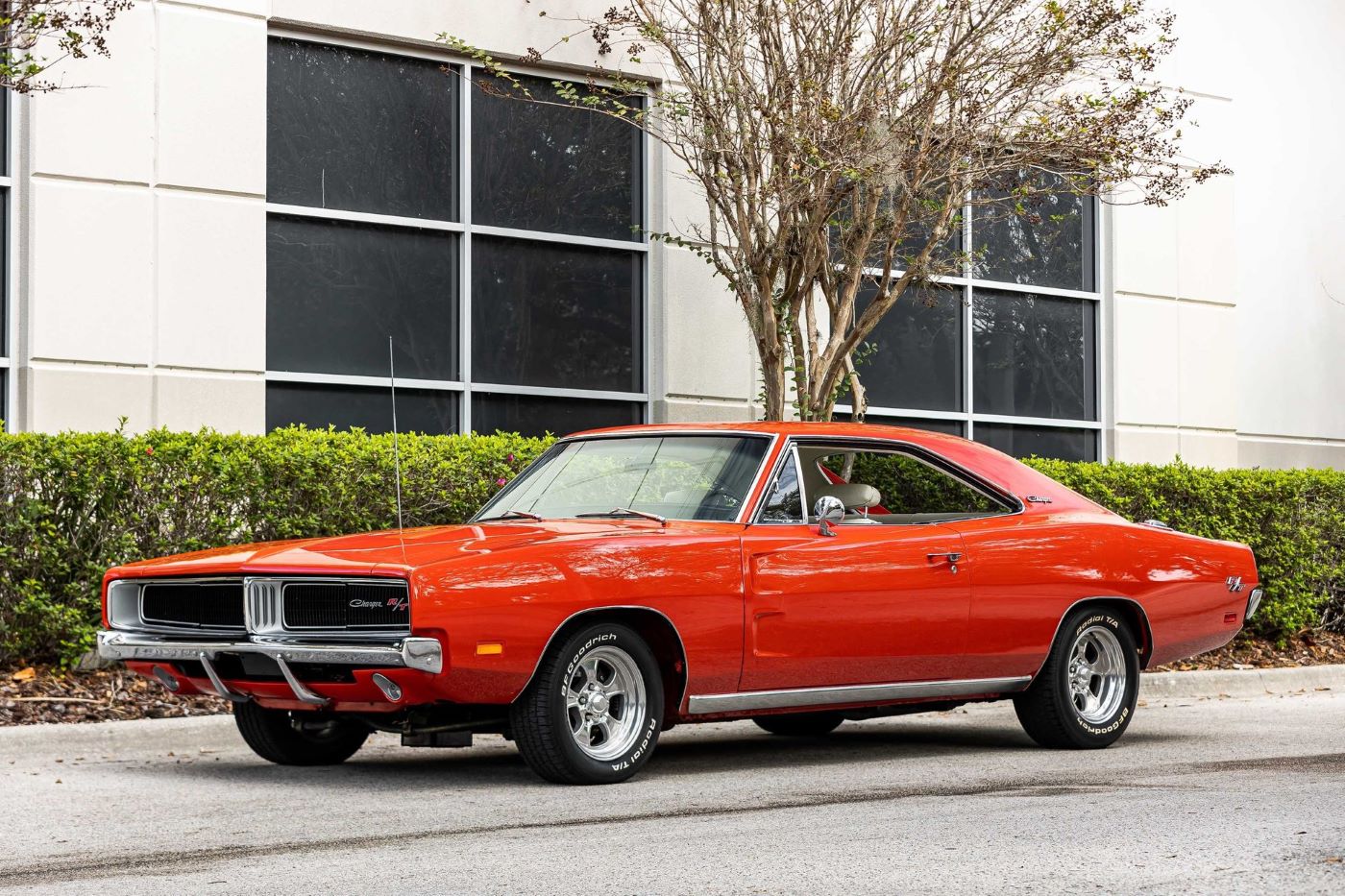
Government Regulations and Environmental Concerns
The oil crisis was not the only factor that led to the decline of muscle cars—government regulations and growing environmental awareness were also key players in the end of this automotive golden age.
In the 1970s, the U.S. government began to impose stricter environmental regulations on automakers, which directly affected the performance capabilities of muscle cars.
One of the most significant regulations came in the form of the Corporate Average Fuel Economy (CAFE) standards, which were introduced in 1975. The CAFE standards set fuel economy targets for automakers, requiring them to increase the average miles per gallon across their fleets.
As a result, muscle cars, with their large engines and low fuel efficiency, were at odds with these new standards. Automakers could no longer justify producing cars with such poor fuel economy, especially as consumer demand was shifting toward smaller, more efficient vehicles.
Additionally, environmental concerns were becoming more prominent in the public consciousness. The 1970s saw the rise of the environmental movement, with increased awareness about air pollution and the environmental impact of car emissions.
The muscle car’s large, inefficient engines were seen as contributing to the growing problem of pollution, and stricter emission standards were introduced.
Automakers were required to invest heavily in new technologies to meet these standards, which added to the cost of production and further limited the viability of muscle cars.
As muscle cars became more regulated and less efficient, they also became less appealing to consumers. The raw power and performance that had once defined these cars were increasingly seen as impractical and environmentally irresponsible.
By the late 1970s, many automakers had abandoned the muscle car market entirely or downsized their offerings to meet the new regulatory environment.
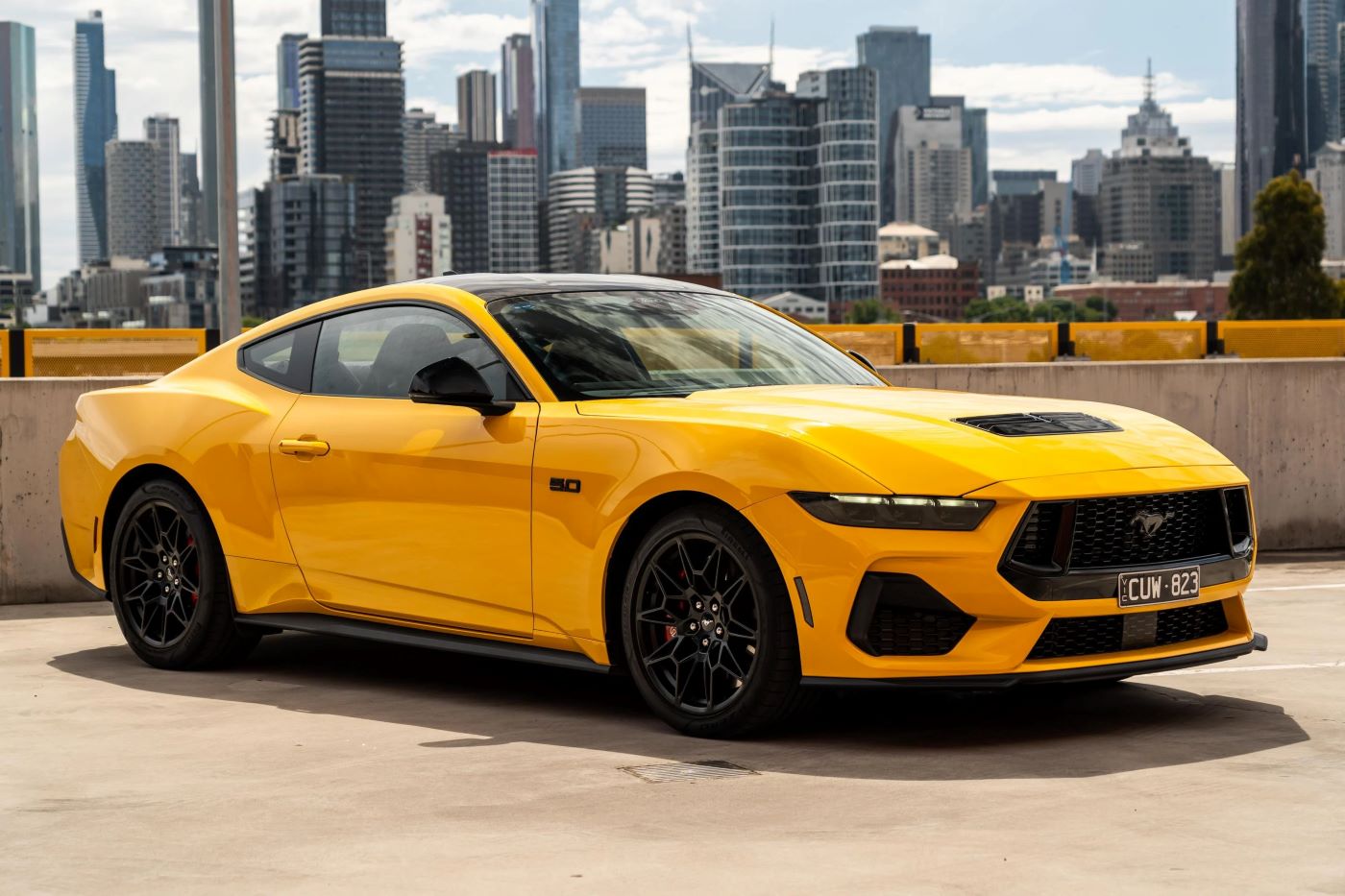
Muscle Cars Fade into the Background
In the years following the oil crisis and the implementation of stricter regulations, muscle cars gradually faded from the American automotive landscape.
The industry shifted its focus toward smaller, more fuel-efficient vehicles, and the performance-oriented models that had once ruled the roads became increasingly rare.
Many of the classic muscle cars were either discontinued or significantly downscaled. For example, the Pontiac GTO was phased out in 1974, and the Ford Mustang, once the poster child of the muscle car movement, became more of a compact sports coupe with a focus on fuel efficiency rather than raw power.
The Chevrolet Camaro, Dodge Challenger, and other muscle car stalwarts were either toned down or placed on hiatus as automakers adapted to the new economic and regulatory climate.
While muscle cars did make a brief resurgence in the 1980s with models like the Pontiac Firebird and Ford Mustang GT, they were never quite the same.
They were smaller, less powerful, and designed more with fuel economy and emissions compliance in mind than with the thrill of high-octane performance. The golden age of muscle cars had passed, and the oil crisis had played a critical role in extinguishing that flame.
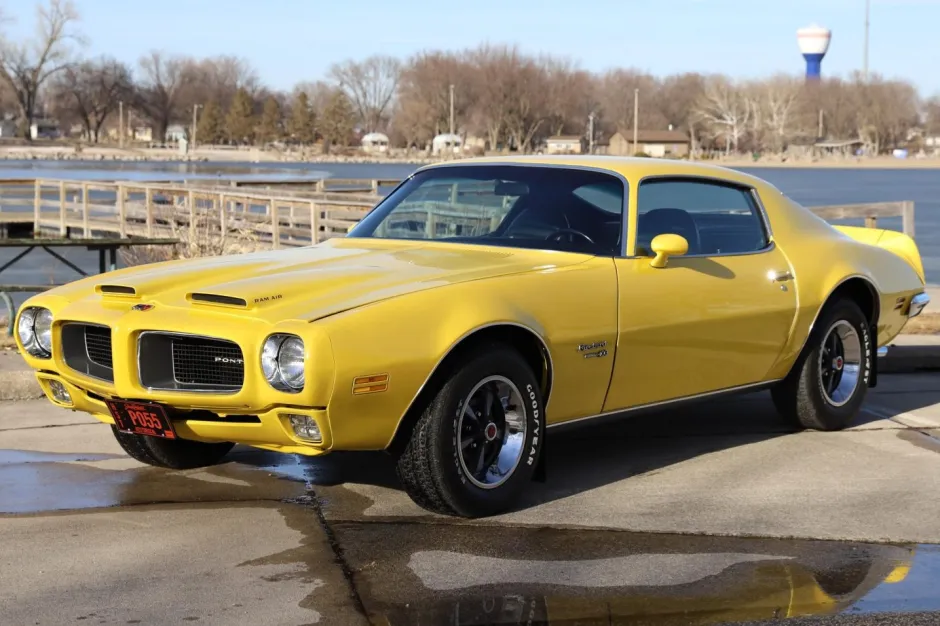
The oil crisis of 1973 was a pivotal moment in automotive history, one that altered the course of the car industry and permanently impacted the muscle car market.
What had once been a symbol of American power, rebellion, and performance quickly became a relic of a bygone era.
Rising fuel prices, combined with new government regulations and growing environmental concerns, forced automakers to abandon the muscle car formula in favor of more practical, fuel-efficient designs.
The cultural fascination with high horsepower and engine performance seemed to take a backseat to the more pressing need for cars that could economize on fuel and align with the growing global awareness of environmental issues.
The effects of the oil crisis on the muscle car market were immediate and profound. Consumers, once enamored with the raw power and aggressive styling of muscle cars, quickly turned their attention to smaller, more fuel-efficient alternatives.
The introduction of government-mandated fuel efficiency standards, such as the Corporate Average Fuel Economy (CAFE) regulations, further pressured automakers to redesign their fleets with an eye on reducing fuel consumption.
In this new era, the market favored practicality, and muscle cars—whose signature trait was their thirst for fuel—were no longer a viable option for the average American consumer.
At the same time, the cultural landscape shifted. The 1970s saw the rise of environmental activism and growing concerns over pollution. The raw, inefficient engines of muscle cars were seen as a symbol of everything that was wrong with the American automotive industry at the time.
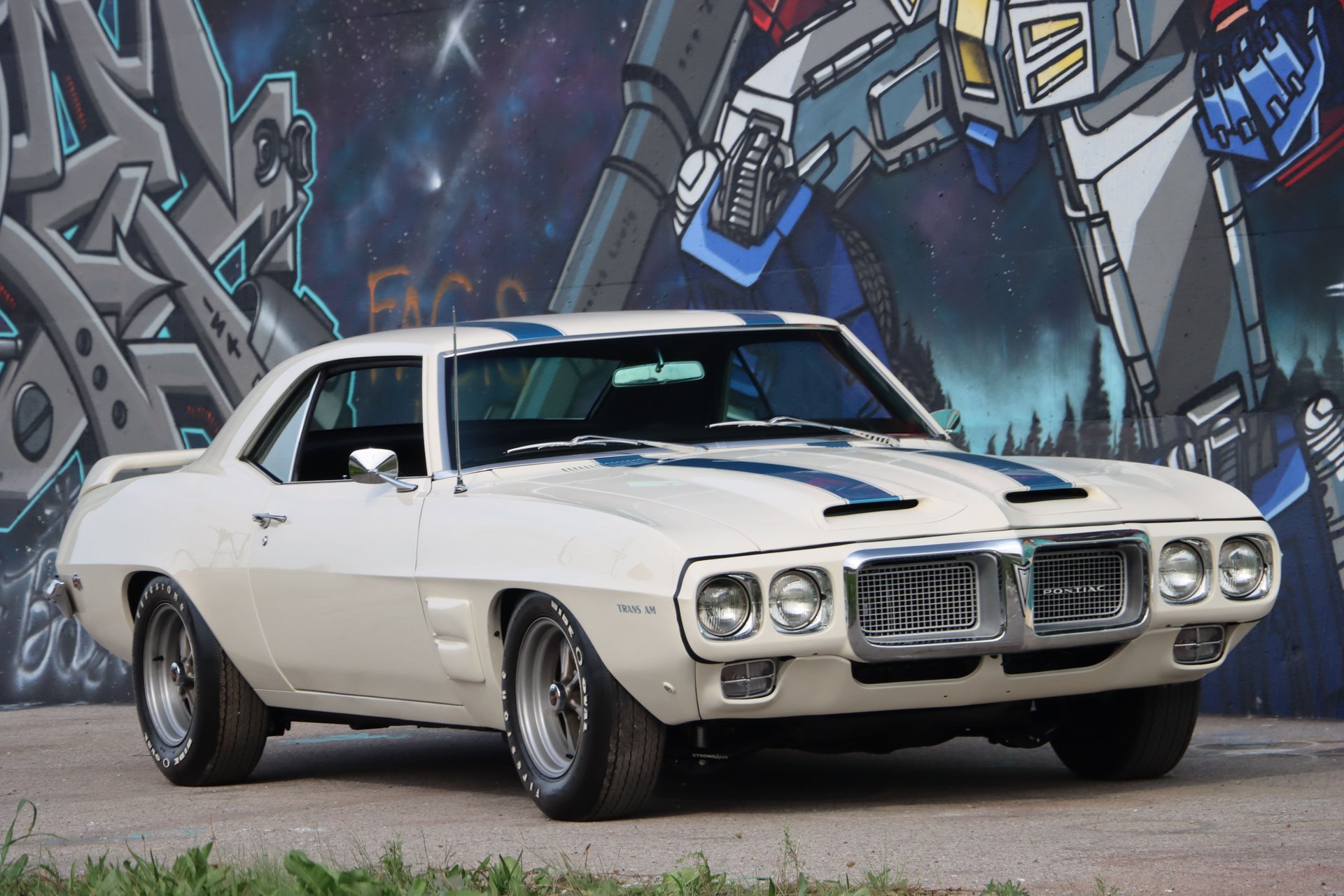
With tighter emission standards and increasing public pressure, the government implemented regulations that further hindered the muscle car’s performance, reducing their appeal even among enthusiasts.
By the end of the 1970s, the muscle car had been thoroughly dethroned as the dominant force in the U.S. automobile market, replaced by smaller, more economical, and eco-conscious vehicles.
However, the decline of muscle cars did not mean they vanished entirely. Despite being scaled down and modified to meet new regulatory standards, some models, like the Ford Mustang, Camaro, and Challenger, would see brief resurgences in the 1980s and beyond.
These later versions of muscle cars, though still bearing the iconic names, were often more about style and nostalgia than performance. They were no longer the powerful, roaring machines of the 1960s and 1970s.
Instead, they were designed to fit into a more conservative, fuel-conscious era, where high horsepower and speed were no longer the aspirations for the average driver.
In retrospect, the decline of muscle cars in the wake of the oil crisis marks the end of a unique chapter in automotive history. The muscle car era was not just about powerful engines and aggressive designs—it was a cultural phenomenon that reflected the spirit of post-war America.
It symbolized freedom, rebellion, and a love for excess that defined a particular time in the country’s history. The oil crisis and the subsequent shift toward fuel efficiency, smaller engines, and environmental responsibility didn’t just kill muscle cars—they marked the end of an era.
ALSO READ: 5 Cars With Smart Engineering and 5 That Were Designed Poorly
Today, muscle cars hold a special place in automotive culture. They remain a symbol of American ingenuity and a testament to a time when speed and power reigned supreme.
But the fact remains that the golden age of muscle cars was forever altered by the forces of economics, government regulation, and shifting cultural values.
What began as an era of automotive excess in the 1960s was constrained by the economic realities of the 1970s. The oil crisis, with its far-reaching effects, proved that even the most iconic and beloved vehicles were vulnerable to forces beyond the control of both manufacturers and consumers.
The muscle cars that remain on the road today are cherished relics of a bygone time, revered by enthusiasts and collectors alike. Their roaring engines and bold, muscular designs still capture the imagination, but the world that created them is long gone.
The oil crisis not only killed the muscle car’s dominance but also paved the way for a more efficient, environmentally-conscious automotive world.
And while the muscle car may never reclaim the same cultural prominence it once had, it will forever serve as a reminder of a time when bigger, faster, and louder was the American way.

